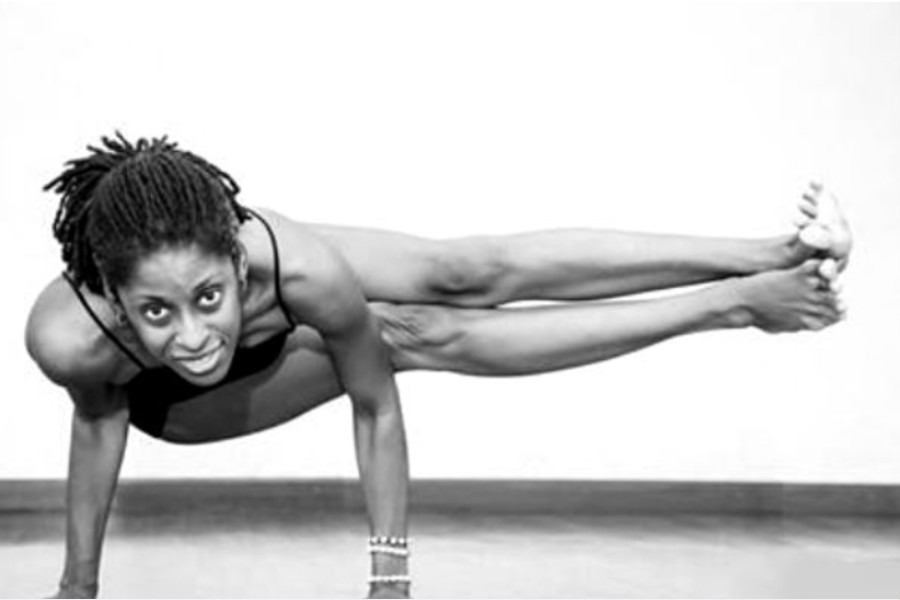Are you looking for a way to relax, reduce stress and anxiety, and improve your overall well-being?
Look no further than simple breathing exercises. Breathing is an essential part of life that many of us take for granted. But with just a few easy techniques, it can be used as an effective tool to help manage our physical and mental health.
This blog post will be clear on the basics of breathing exercises for absolute beginners, from how to do them correctly to some more advanced techniques. So grab a comfortable spot, sit back and get ready to learn about the power of breathwork.
4-7-8 Breathing
This technique is similar to box breathing, but the count of breaths is different, and it’s said to be an effective sleep aid. The process starts with inhaling for four counts, holding your breath for seven counts, then exhaling for eight counts.
Focus on drawing in each breath as deeply and slowly as possible, and continue cycling through these steps at your own pace. 4-7-8 breathing is a great way to help yourself relax, reduce stress levels and even promote better sleep.
Mental health breathwork professionals can help you learn and practice these exercises correctly. Working with them can also help you determine which type of breathwork best suits your individual needs. The team at www.breathworkforrecovery.com advises that the recovery process from trauma or any disorder needs to be done under the guidance of professionals. Look for organizations with experienced teams, which is key to your recovery. Remember also to have consistency with your breathwork practice for the best results.
Diaphragmatic Breathing
Also known as abdominal breathing, this technique is the most basic type of breathwork. It encourages a deep and slow inhalation as you fill your lungs with air from your diaphragm instead of shallow chest breaths. This kind of breathing activates the parasympathetic nervous system, which helps to reduce stress and lower blood pressure.
For more efficiency in this, consider relaxing your neck and shoulders and place one hand on your stomach and the other on your chest. As you inhale, focus on filling your stomach with air before breathing into your chest. Exhale slowly and deeply until all of the air has left your lungs.
Besides, lying down may also be beneficial to diaphragmatic breathing as it may help your body relax and sink into the ground. This makes it easier for the breath to travel through your body and helps slow it down.
Alternate Nostril Breathing
This technique focuses on breathing in and out of each nostril alternatively. The concept is that this type of breathwork can help rebalance the left and right brain hemispheres. To start, sit comfortably and block off one nostril with your thumb.
Inhale through the open nostril and then close both nostrils as you hold your breath for three to five seconds. Release your thumb from the blocked nostril and exhale slowly as you breathe. Repeat this process on the other side and keep switching the breath from one nostril to the other for a few minutes.
You’ll find that this type of breathing can help to reduce stress, clear your mind and enhance your focus. It also encourages deeper breaths, which can benefit your physical and mental well-being.
Equal Breathing
This technique is also known as Sama Vritti Pranayama in yoga, which translates to ‘equal breath.’ This method focuses on slow and equal inhalations and exhalations of the same duration. This exercise balances both sides of your brain and helps calm the mind.
The technique is more effective when your back is straight and your chin is slightly tucked inwards (if possible). Begin by inhaling for a count of four, then exhale for another count of four. Focus on keeping the inhalations and exhalations equal in their length. Pay attention to your breath as you gently deepen it with each cycle.
This type of breathing can bring a sense of calm and clarity to your mind. It also encourages deeper breaths, which can benefit your physical and mental well-being.
Box Breathing
This more advanced type of breathwork encourages even deeper breaths than the ones we discussed. It’s also known as square breathing and is an excellent tool for managing anxiety.
Begin by inhaling through your nose for four counts, then holding your breath for another four counts. Exhale slowly out of your mouth for four counts before holding again at the end of the breath for four counts.
Continue cycling through these steps at your own pace and focus on drawing in each breath as deeply and slowly as possible. Box breathing is a great way to help yourself relax and also helps to bring awareness to your body, which can reduce stress levels.
Practicing these simple breathing exercises regularly can help calm and restore balance in your body and mind. Try to incorporate them into your daily routine and take time to focus on your breath. When done correctly, they can have a wide range of positive benefits.
Become a Harlem Insider!
By submitting this form, you are consenting to receive marketing emails from: . You can revoke your consent to receive emails at any time by using the SafeUnsubscribe® link, found at the bottom of every email. Emails are serviced by Constant Contact








